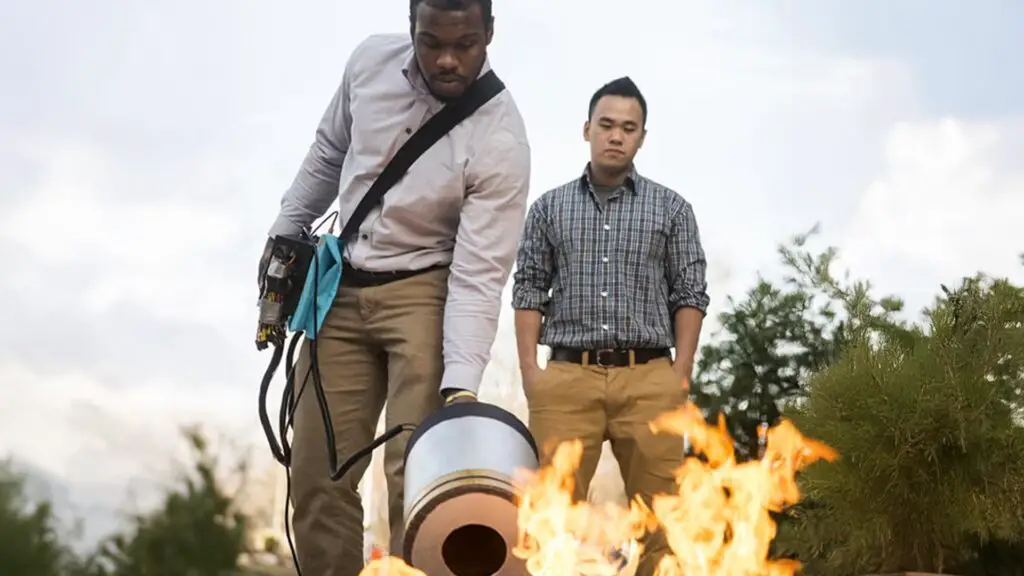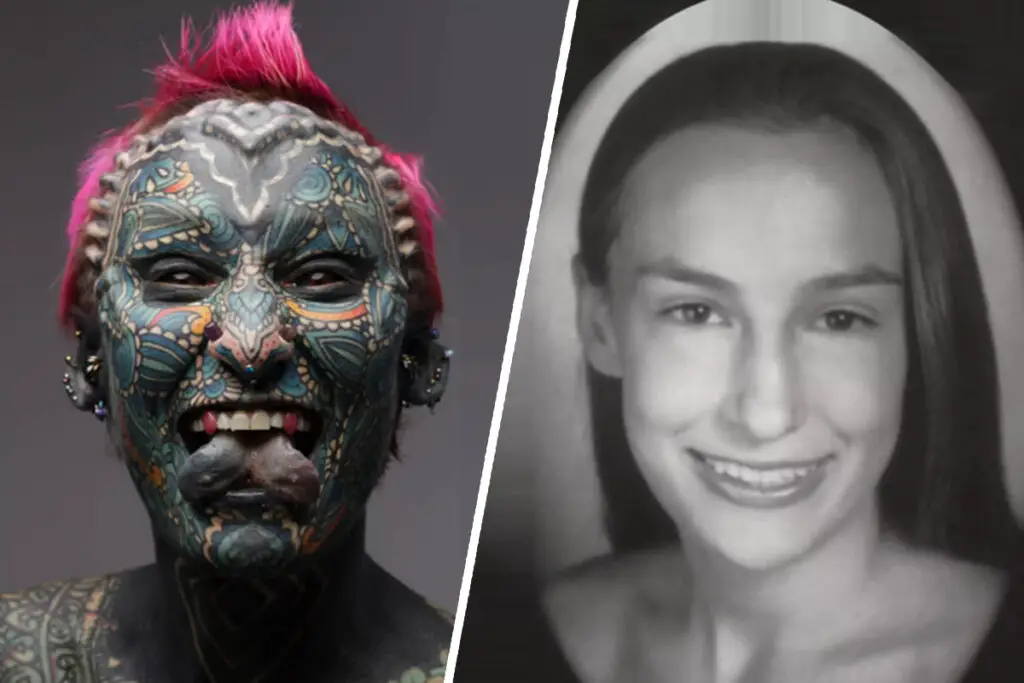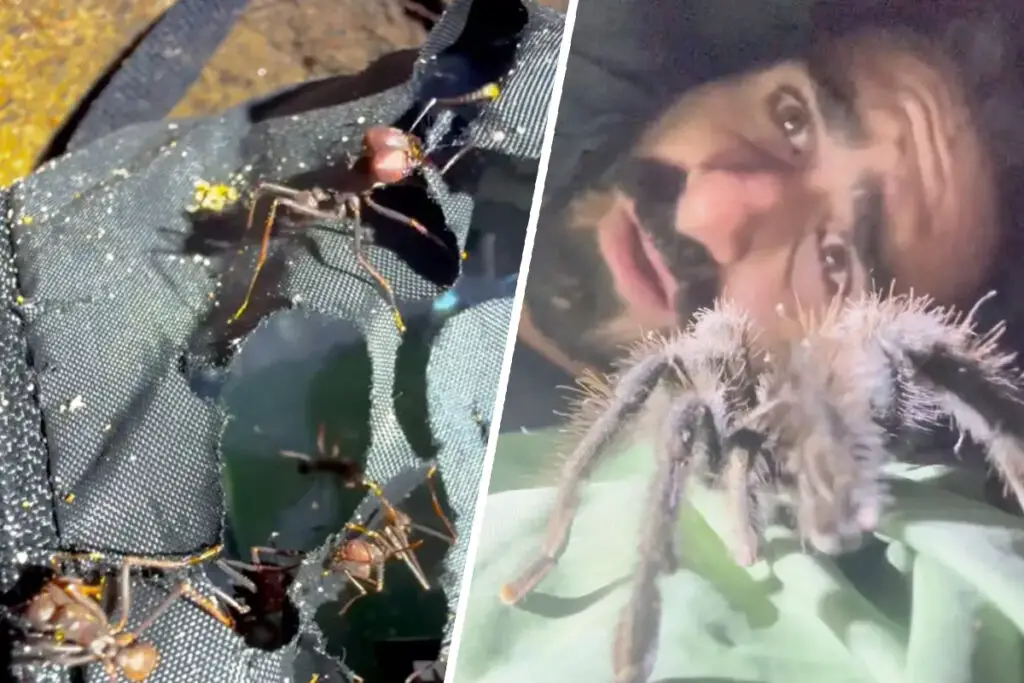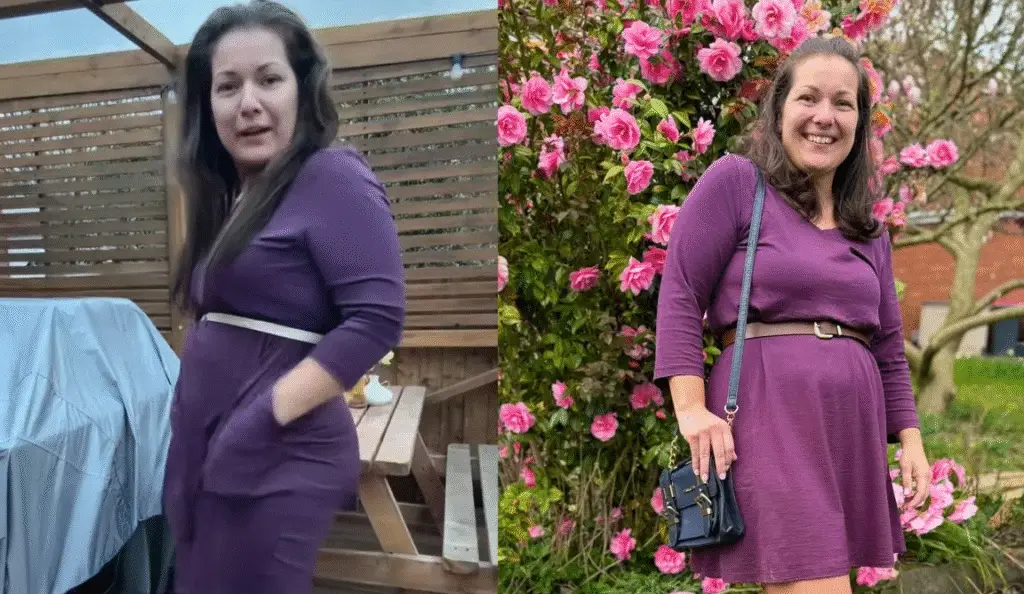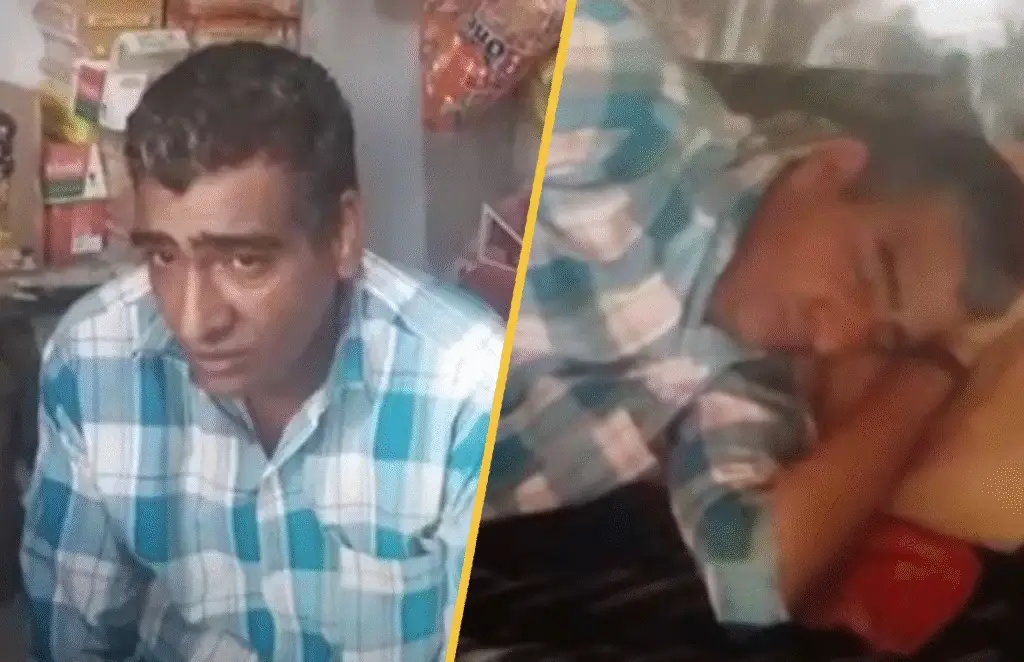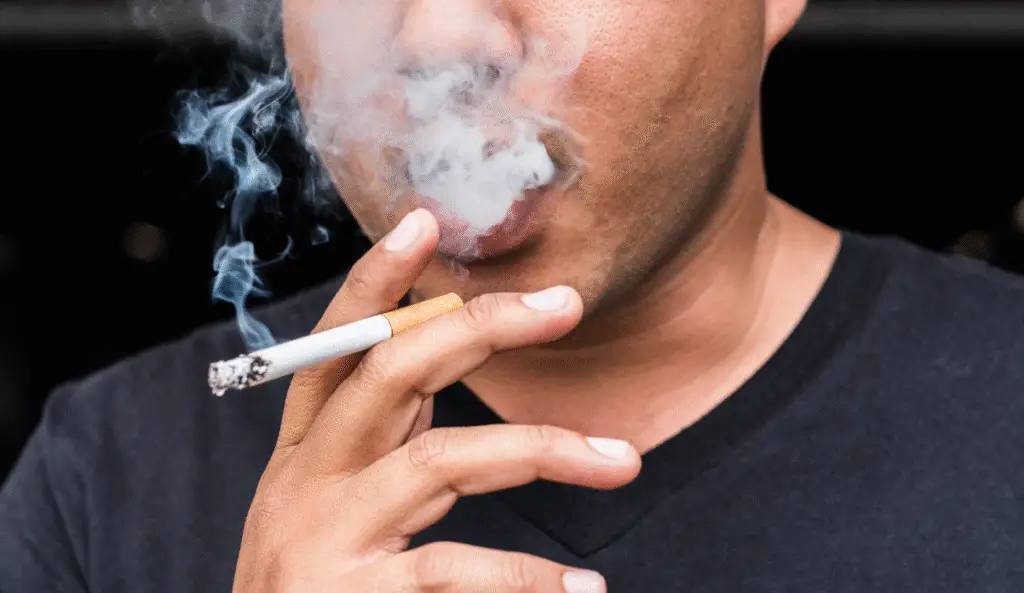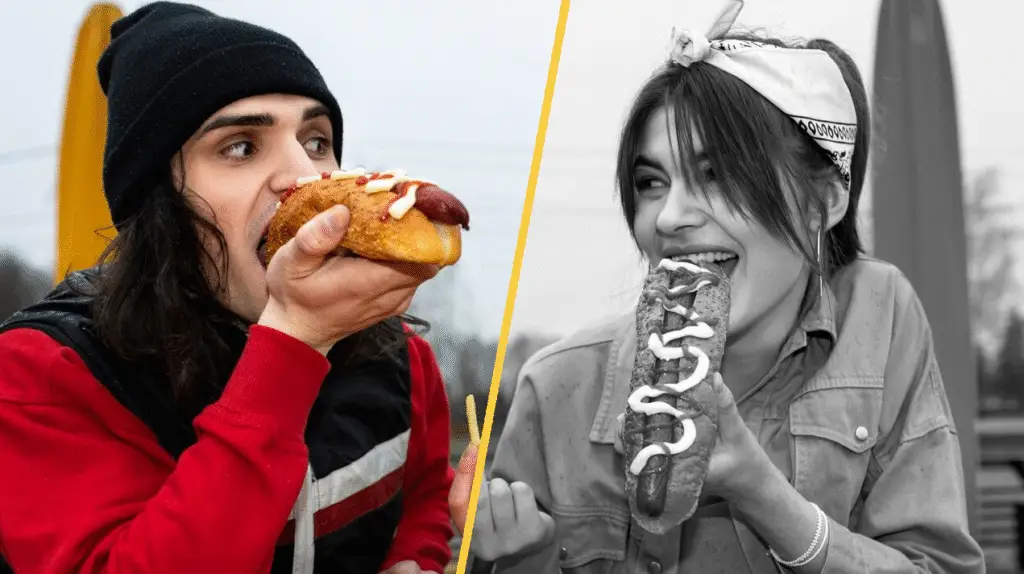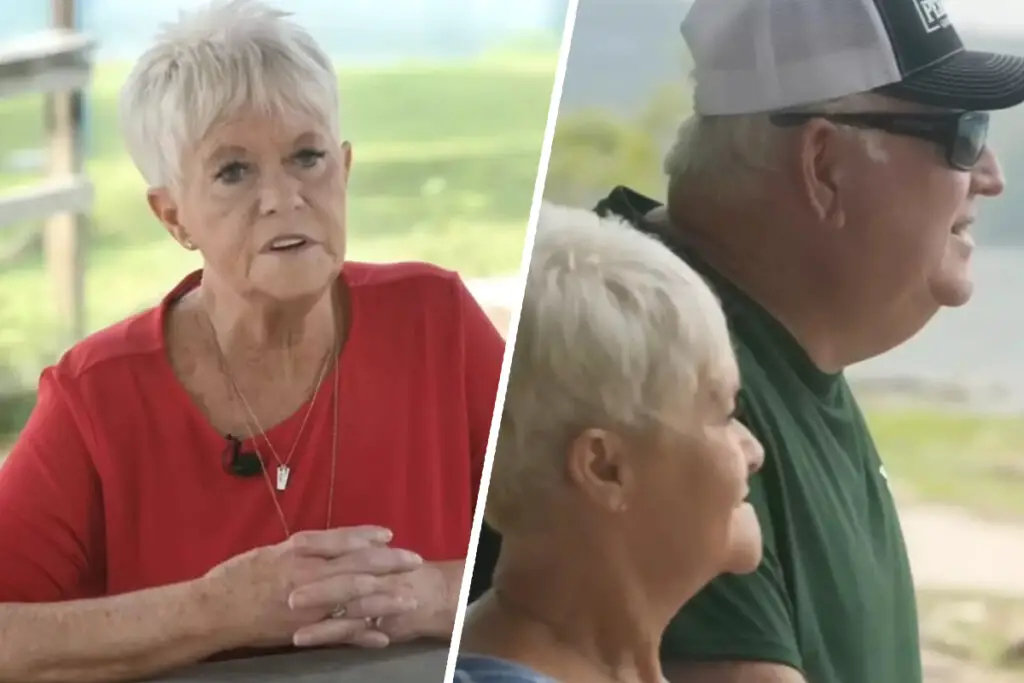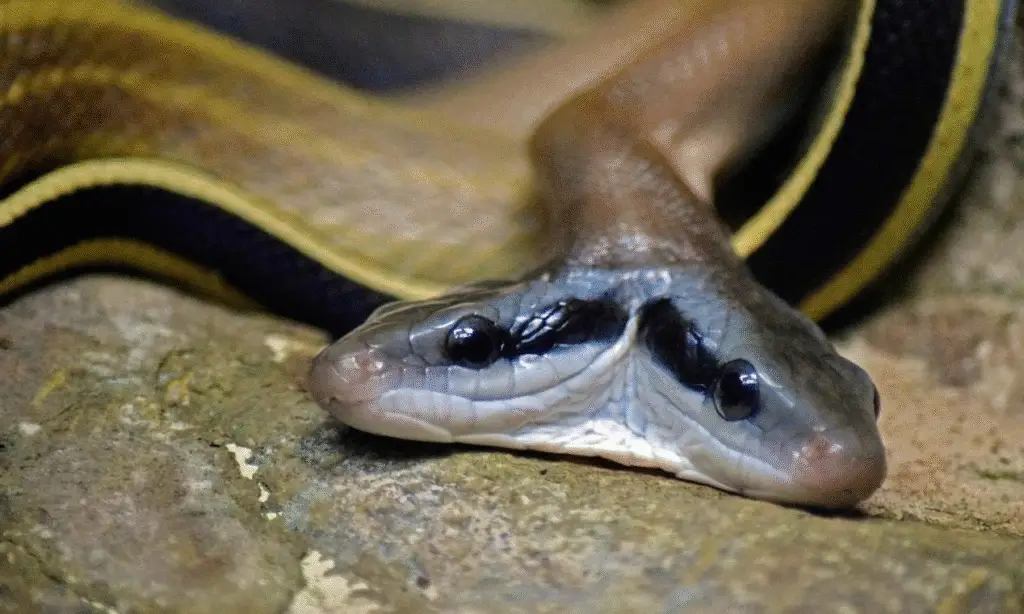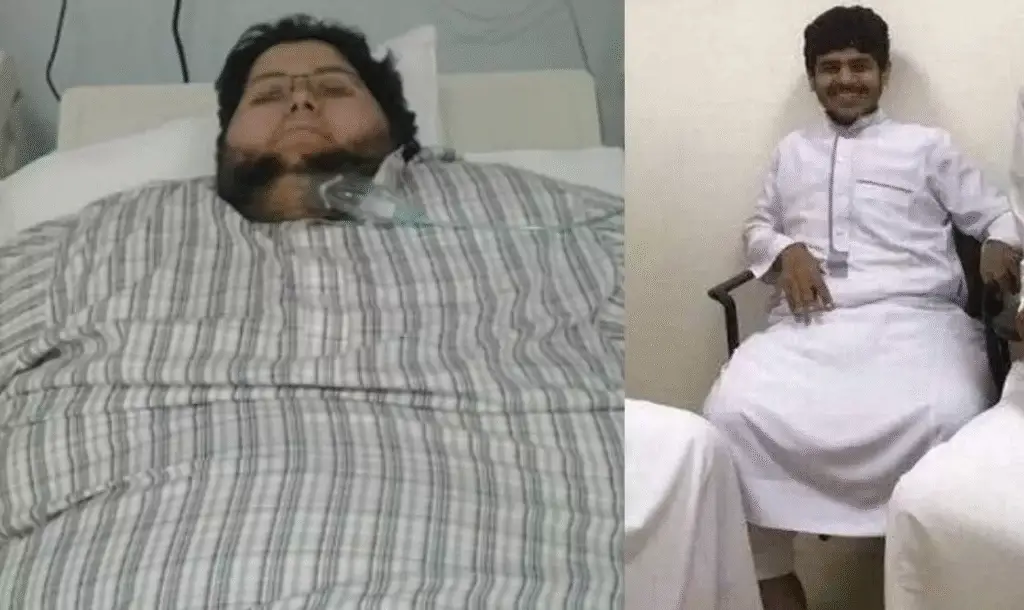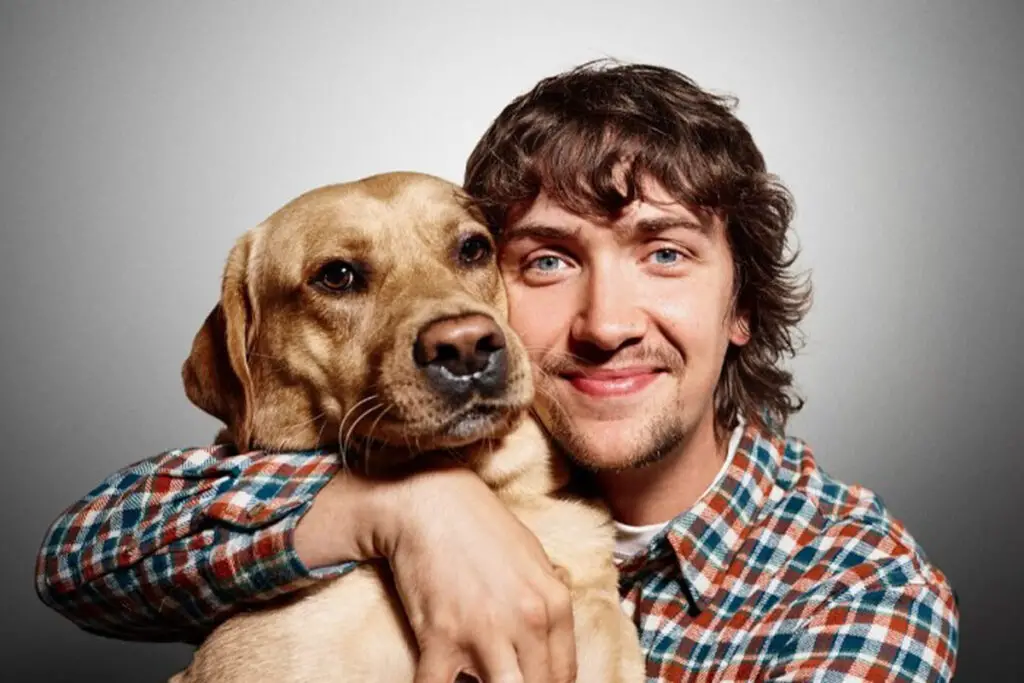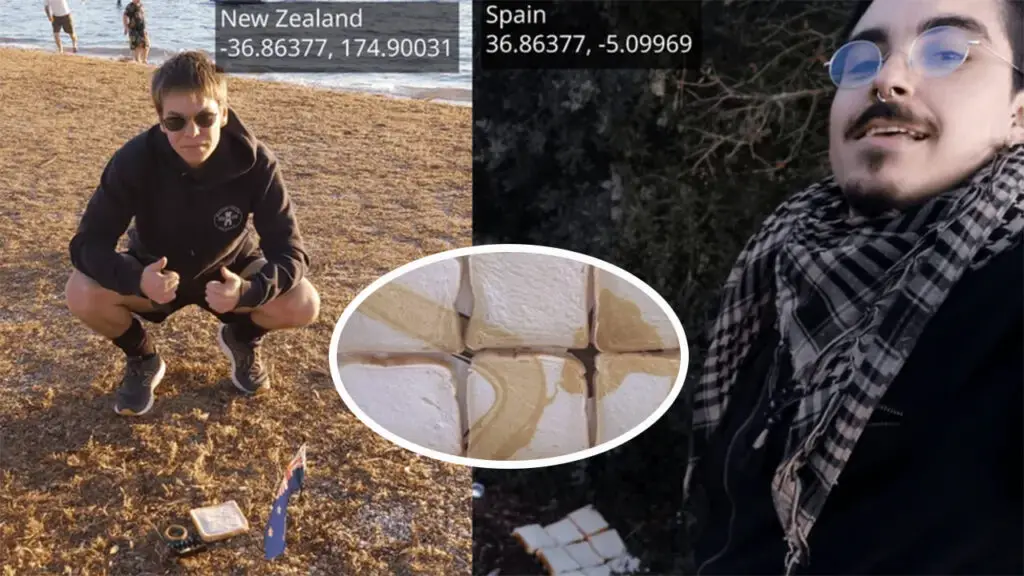How a sea lion helped save a man who jumped from the Golden Gate Bridge

San Francisco, California — Twenty five years ago, a 19-year-old Kevin Hines stepped onto a bus headed toward the Golden Gate Bridge, his mind clouded by despair.
What happened next is a story of tragedy, miraculous survival, and a lifelong mission to prevent others from making the same irreversible choice.
Let’s rewind. Hines, now a renowned mental health advocate, was just a teenager grappling with bipolar disorder when he boarded that bus on September 25, 2000.
“I was crying openly, begging for someone to notice,” he recalls.
His internal plea? For a single stranger to ask, “Are you okay?” Research shows this isn’t uncommon—many contemplating suicide silently hope for intervention.
But that day, no one did.
“What the Hell Is Wrong With That Kid?”
The bus ride was a crucible. Passengers either ignored Hines or mocked him.
One man pointed and muttered to another, “What the hell is wrong with that kid?” The driver eventually barked, “C’mon kid, you gotta go!”—shooing him off like an inconvenience.
“Walking off that bus felt longer than a marathon,” Hines says. For 40 minutes, he paced the bridge, wrestling with his thoughts.
Then, a twist. A tourist—a blonde woman with a European accent—approached.
“Vill you take my picture?” she asked. Hines snapped the photos, handed back the camera, and she left.
That interaction, fleeting as it was, delayed his jump.
“If she hadn’t stopped him, the timing of everything changes,” says Dr. Paul Muller, a psychologist who’s studied suicide deterrents. “It’s haunting to think how split seconds alter fates.”
Moments later, Hines vaulted over the railing.
Four Seconds That Changed Everything

The Golden Gate Bridge towers 220 feet above the water—the height of a 25-story building.
Hines hit the frigid bay at 75 mph, fracturing his spine. “I prayed all the way down,” he says. “The second I jumped, I knew I’d made a mistake.”
Here’s where things get almost surreal. Paralyzed from the waist down, struggling with asthma, and sinking 70 feet, Hines felt something brush against him.
A shark? His terror spiked—until he realized the creature was pushing him upward.
A sea lion, later spotted by a bystander on the bridge, kept him afloat until the Coast Guard arrived 12 minutes later.
“That animal saved my life,” Hines says. “It’s like it knew.”
Few survive that plunge. Of the roughly 1,700 confirmed deaths (advocates argue the real number is higher), fewer than 1% live—and even fewer walk again.
Hypothermia typically kills within 15 minutes. Yet Hines defied the odds.
The Ripple Effect of a Sea Lion—and a Stranger’s Camera
Hines’ story isn’t just about survival; it’s about the domino effect of small actions.
Had the tourist not asked for a photo, would the sea lion have been nearby? Would rescuers have reached him in time? “Fate’s a funny thing,” Hines muses.
“But we can’t rely on sea lions. We have to be that lifeline for each other.”
Since 2000, he’s become a leading voice in suicide prevention, crisscrossing the globe to share his story.
His advocacy helped secure funding for a suicide deterrent net on the Golden Gate Bridge—a $224 million steel mesh system set for completion in 2024.
Critics once called it too costly or “ugly,” but Hines fires back: “What’s the price of a human life?”
“Be the Person Who Asks”
Hines’ message is blunt: Notice people. “That man on the bus who judged me? The driver who rushed me off? They didn’t see me,” he says.
“But the tourist? The sea lion? They did.” Studies show simple acts—a smile, a question—can interrupt suicidal ideation.
Yet stigma often keeps us silent.
“We’re terrible at talking about mental health,” says Dr. Christine Moutier of the American Foundation for Suicide Prevention.
“Kevin’s story forces us to ask: Would we recognize someone in crisis? Would we act?”
A Bridge Toward Hope
The Golden Gate’s net isn’t a cure-all, but it’s a start.
Similar barriers at other landmarks, like the Empire State Building, have reduced suicides by 90%.
For Hines, it’s personal. “Every life saved there will feel like a second chance for me,” he says.
His work extends beyond infrastructure. He’s testified before Congress, authored books, and teamed with mental health apps to provide real-time support.
“Pain is temporary,” he tells audiences. “But you have to stay to see that.”
The Takeaway? Be the Sea Lion
Hines laughs when asked about his aquatic rescuer.
“I mean, come on—a sea lion? It’s absurd. But it taught me something: Compassion isn’t just human. It’s instinctual.”
His challenge to us? “Be the person who asks. Be the sea lion.” Because sometimes, saving a life doesn’t require grand gestures.
It just takes a moment of connection—and maybe a camera.

